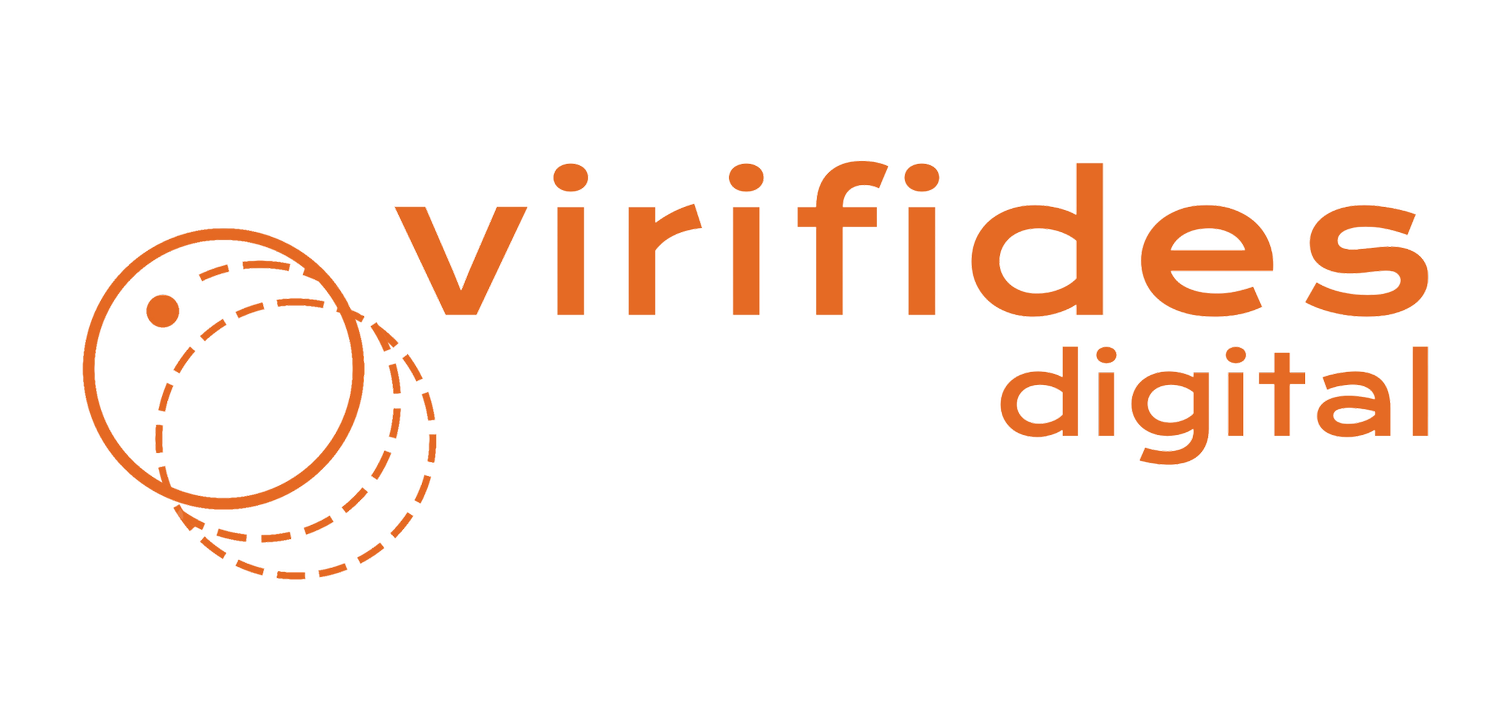Can DLT successfully digitise trust in supply chain networks?
The UK government have recently passed a trade bill as part of its initiative to accelerate the digitisation of cross-border trade.
This Electronic Trade Documents Bill means that digital trade documents will have the same legal status as their paper-based equivalent. This paves the way for businesses to significantly reduce administrative costs and manual effort and create a more open environment for UK-based companies to buy and sell internationally.
The bill potentially opens the way for Distributed Ledger Technology (DLT), such as Blockchain, to become an important technology enabler for cross-border trading within global supply chains.
However, a typical supply chain is composed of highly complex and multi-stakeholder commercial relationships, where ownership and responsibilities change as products move from source to customer. The question is, can DLT technology create a form of “digital trust” that can successfully replace the “physical” trust created today from personal relationships and the involvement of independent third parties?
That physical trust is embedded in the way trading data is transferred today, in a “message and respond” model of emails, conversations, and the universal data packets held in spreadsheets. This model requires a huge amount of manual intervention and interpretation, with significant time and effort implications. However, at the end of the day, it works, it’s infinitely flexible and, over time, can build enough trust for the model to work successfully.
DLT technologies such as Blockchain offer secure-by-design data exchange, requiring far less manual handling and interpretation, plus the opportunity to audit the data if there are concerns over its accuracy. Also, data held on Blockchains are immutable; meaning once data is added to the chain it cannot be replaced or amended by any supply chain stakeholder after the event. These are all important conditions for fostering and sustaining digital trust.
However, the challenge of moving whole industries and markets from a physical trust model to a digital one is a significant one. The amount of collaborative effort, coordination, and standardisation that will be needed across highly competitive marketplaces to make the change is huge. And making this change happen against a backdrop of global cost pressures, supply chain disruption, shortages, and safety concerns, all competing for business attention, makes it doubly difficult.
If we are going to make this revolution happen, where do we start?
First up, it needs the UK Government, global regulatory bodies, and industry associations to formally embrace the use of DLT and Blockchain technology as part of their long-term vision and strategy. Secondly, by doing so, businesses will be encouraged to align their capabilities with this vision and foster more collaborative discussion between businesses on how they can leverage Ledger technologies to provide the needed Governance and common approach to the use of standards.
We believe Blockchain and Distributed Ledger technologies will play an increasingly important role in the future end-to-end supply chain, but it’s also clear there are significant practical challenges to getting everyone on the same page needed to drive common usage of the technologies within trading ecosystems.
This is a digital journey of global scope that will take time, and in many ways, represents a ‘digital transformation’ for all businesses involved. However, there are ways to start this journey which creates building blocks of trust and new technology usage, to help foster and secure steps to a more trusted digital future.
One alternative technology that could help is Quantum Ledger (QLDB). Quantum Ledger is a centralised, managed database that can capture end-to-end product and supply chain data and events, and then share these records with trading partners, third parties, and regulatory authorities. Quantum ledgers are also based on strong cryptographic qualities but are free from the often hard to achieve, consensus requirements inherent within those networks.
As such, Quantum Ledgers can be set up quickly between trading partners, allowing the focus to be less on the technology set-up and more on the business benefits to be achieved and the opportunities to simplify and automate current processes. QL has the potential to deliver tangible value for trading partners quickly in simplifying and automating shared commercial and compliance processes, at a cost which delivers a very positive business case for change.

